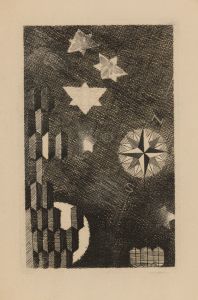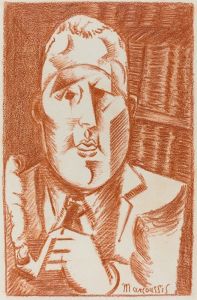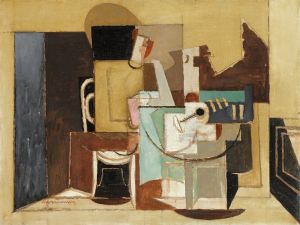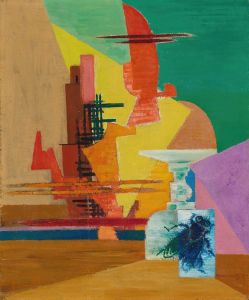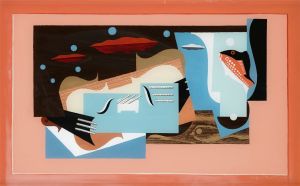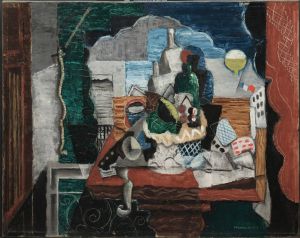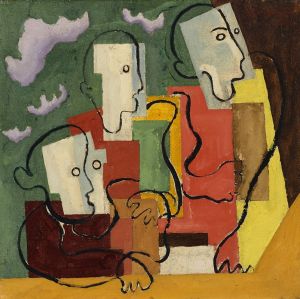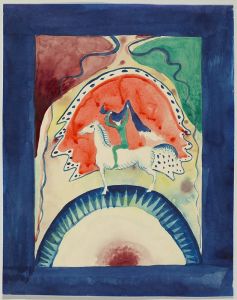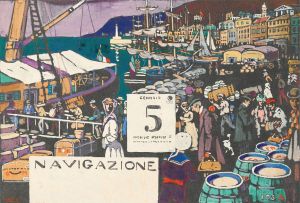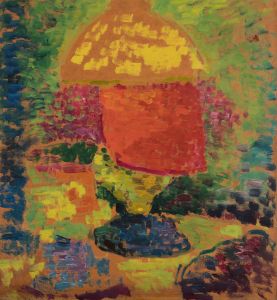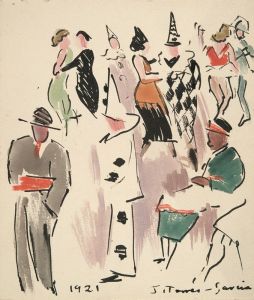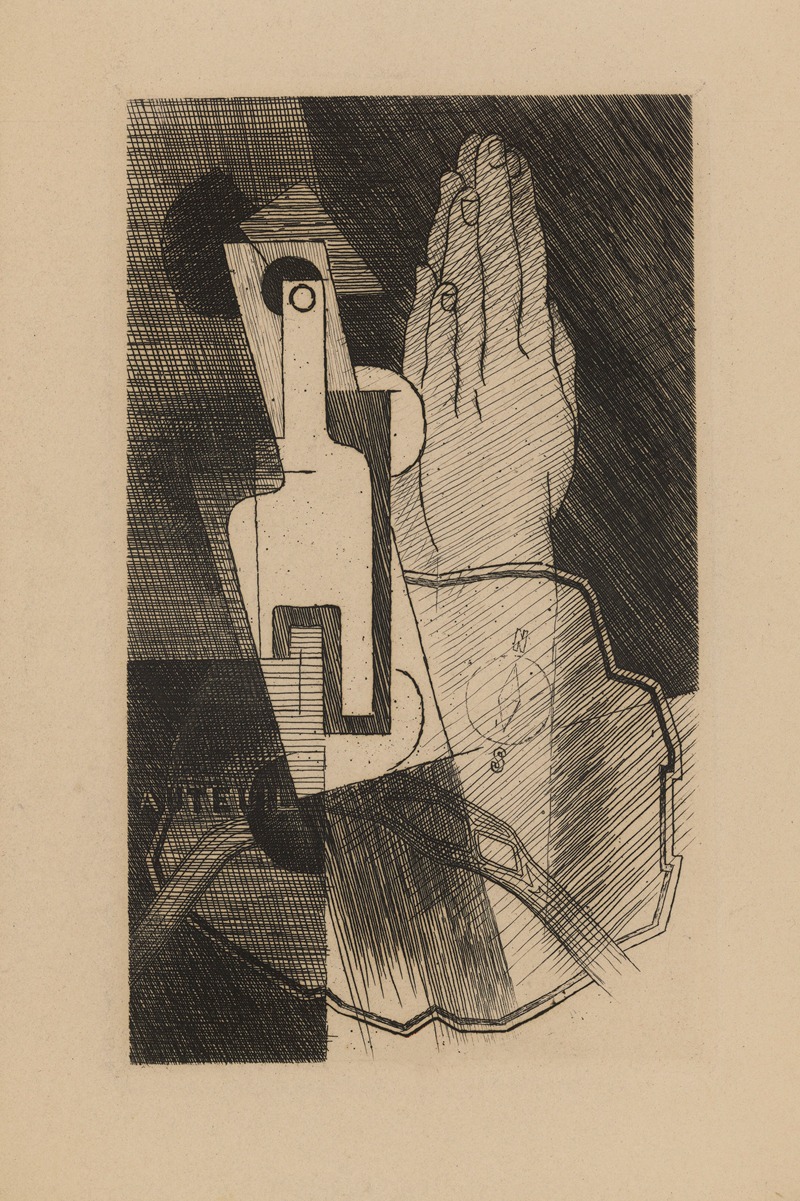
Vendémiaire
A hand-painted replica of Louis Marcoussis’s masterpiece Vendémiaire, meticulously crafted by professional artists to capture the true essence of the original. Each piece is created with museum-quality canvas and rare mineral pigments, carefully painted by experienced artists with delicate brushstrokes and rich, layered colors to perfectly recreate the texture of the original artwork. Unlike machine-printed reproductions, this hand-painted version brings the painting to life, infused with the artist’s emotions and skill in every stroke. Whether for personal collection or home decoration, it instantly elevates the artistic atmosphere of any space.
Louis Marcoussis was a Polish-French painter and engraver associated with the Cubist movement. Born Ludwik Kazimierz Wladyslaw Markus in Warsaw in 1878, he later adopted the name Marcoussis after a village near Paris. Marcoussis moved to Paris in 1903, where he became part of the vibrant artistic community, interacting with influential artists such as Pablo Picasso, Georges Braque, and Juan Gris. His work is characterized by its exploration of form and structure, typical of the Cubist style.
"Vendémiaire" is one of Marcoussis's notable works, created during a period when he was deeply engaged with the principles of Cubism. The title "Vendémiaire" refers to the first month of the French Republican Calendar, which was used during the French Revolution. This month corresponds roughly to the period from late September to late October and is associated with the grape harvest. The choice of title reflects Marcoussis's interest in themes related to time, nature, and transformation, which are often explored in Cubist art through fragmented forms and multiple perspectives.
In "Vendémiaire," Marcoussis employs the typical Cubist technique of breaking down objects into geometric shapes and reassembling them in an abstracted form. This approach allows the viewer to perceive multiple angles and facets of the subject simultaneously, challenging traditional notions of perspective and representation. The painting likely features a combination of still life elements, possibly including references to the harvest or autumnal themes, consistent with its title. Marcoussis's use of color, line, and texture in "Vendémiaire" would have been carefully considered to enhance the sense of depth and movement within the composition.
Marcoussis's work, including "Vendémiaire," is noted for its lyrical quality and subtle use of color, distinguishing it from the more austere and monochromatic works of some of his Cubist contemporaries. His paintings often incorporate a sense of rhythm and musicality, reflecting his interest in the interplay between visual art and other forms of expression. This characteristic is evident in "Vendémiaire," where the arrangement of shapes and forms might evoke a sense of harmony and balance, akin to a musical composition.
Throughout his career, Marcoussis continued to develop his unique approach to Cubism, contributing to the movement's evolution and legacy. His work was exhibited in various prominent galleries and exhibitions, gaining recognition for its innovative and poetic qualities. "Vendémiaire," like many of his paintings, exemplifies his ability to blend the analytical aspects of Cubism with a personal and expressive touch.
Louis Marcoussis passed away in 1941, but his contributions to the Cubist movement and modern art continue to be celebrated. His works, including "Vendémiaire," are held in numerous public and private collections, serving as a testament to his skill and vision as an artist. Through his exploration of form, color, and composition, Marcoussis left a lasting impact on the art world, influencing subsequent generations of artists and continuing to inspire appreciation and study.





